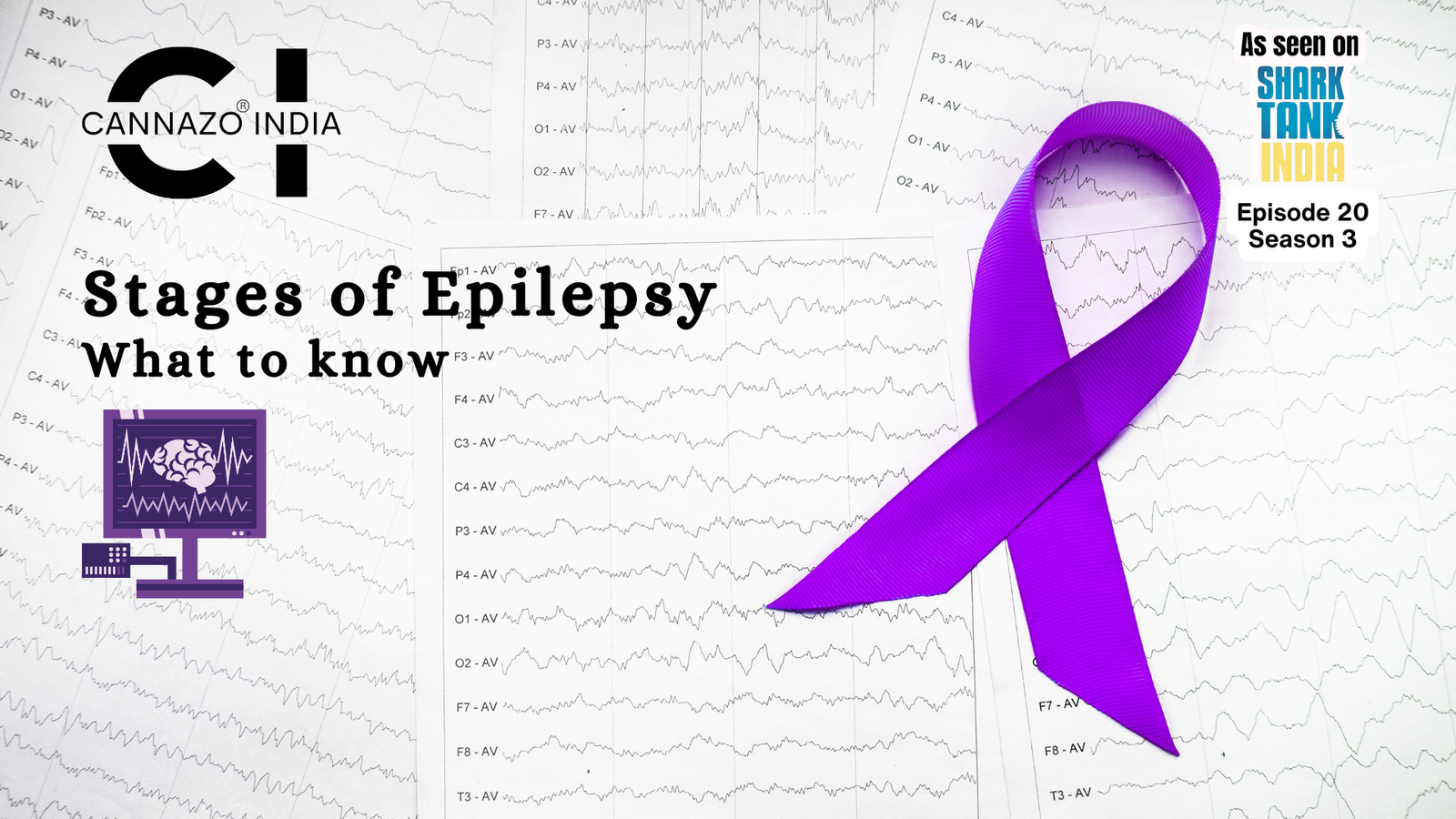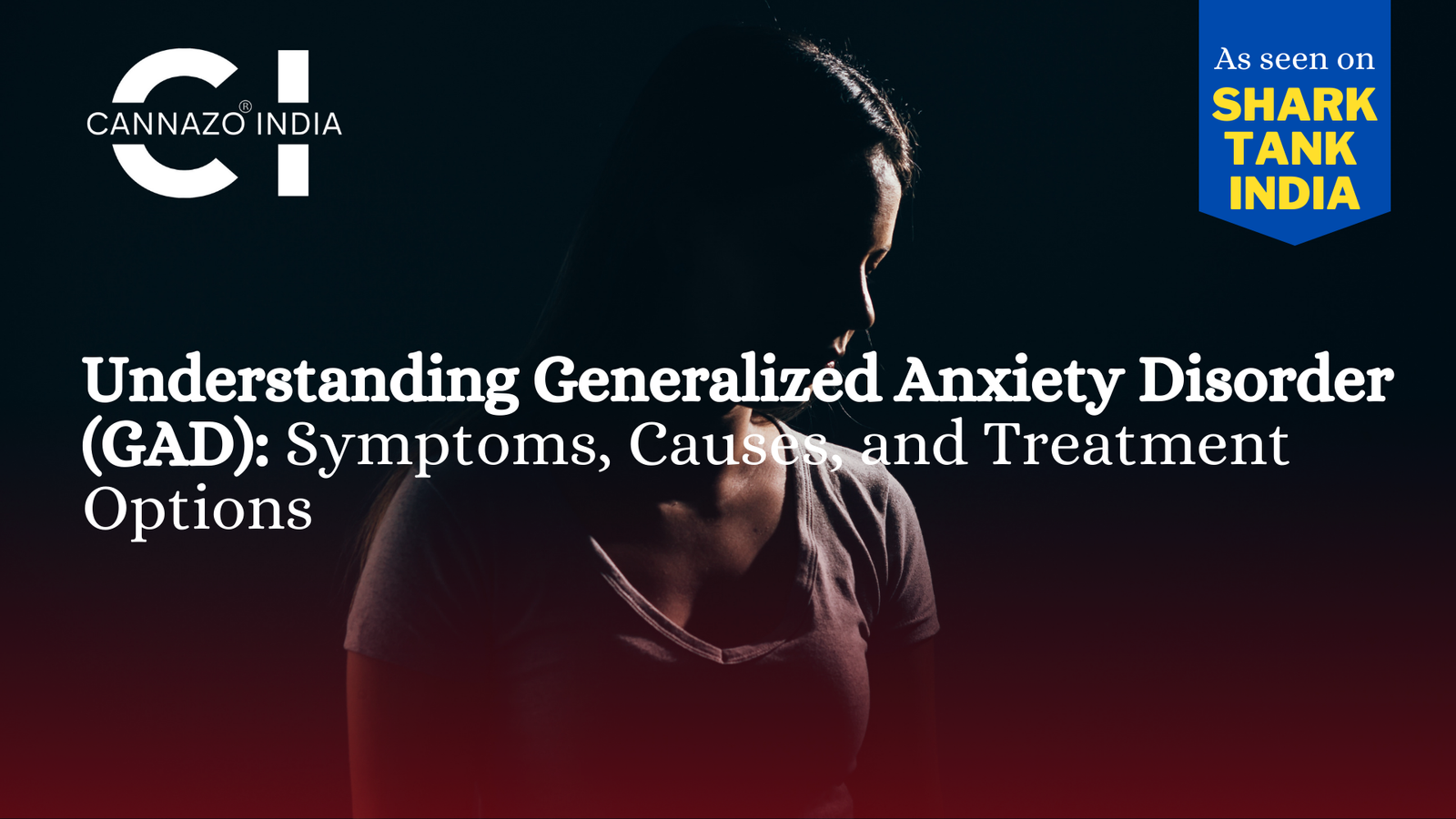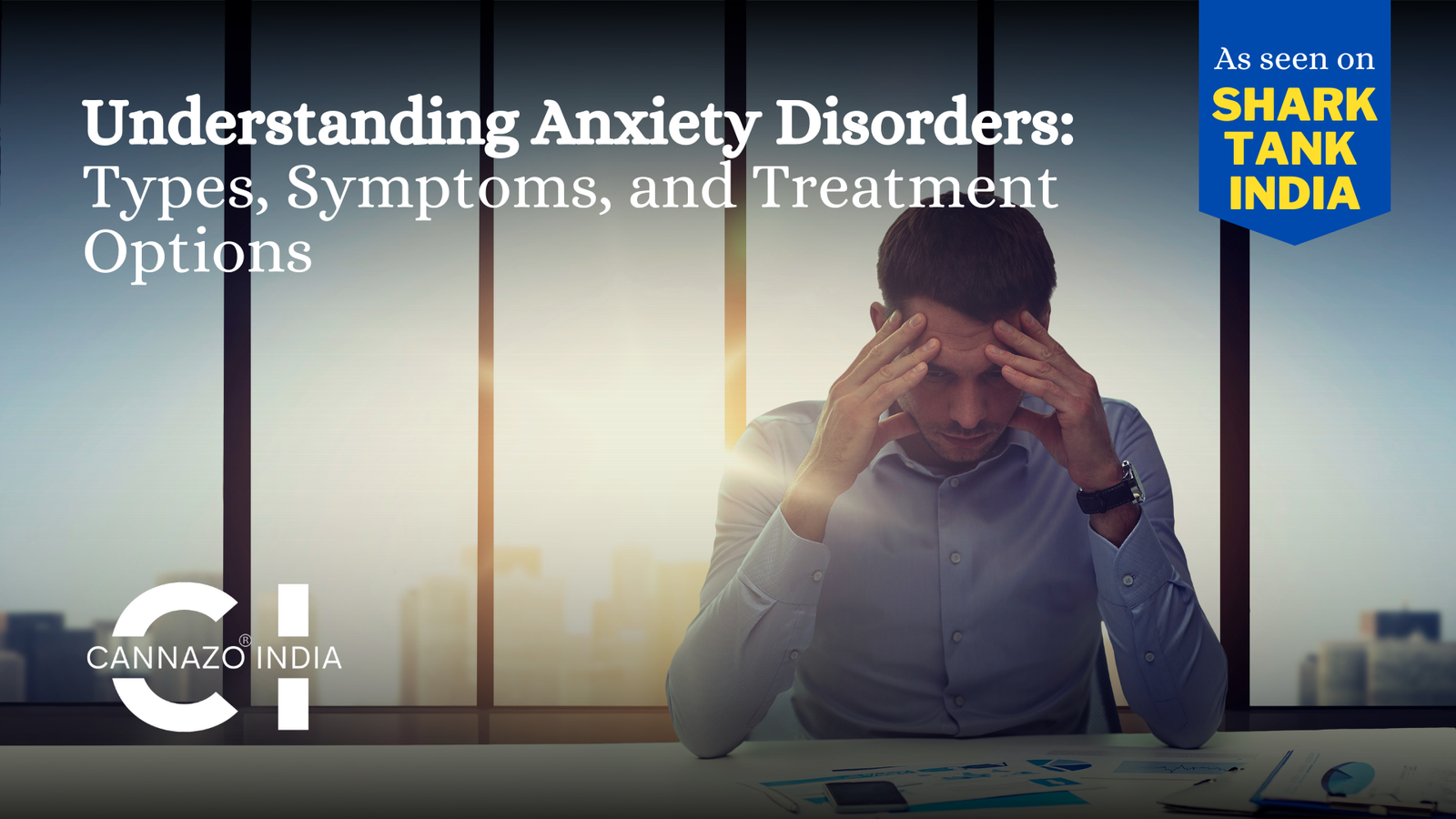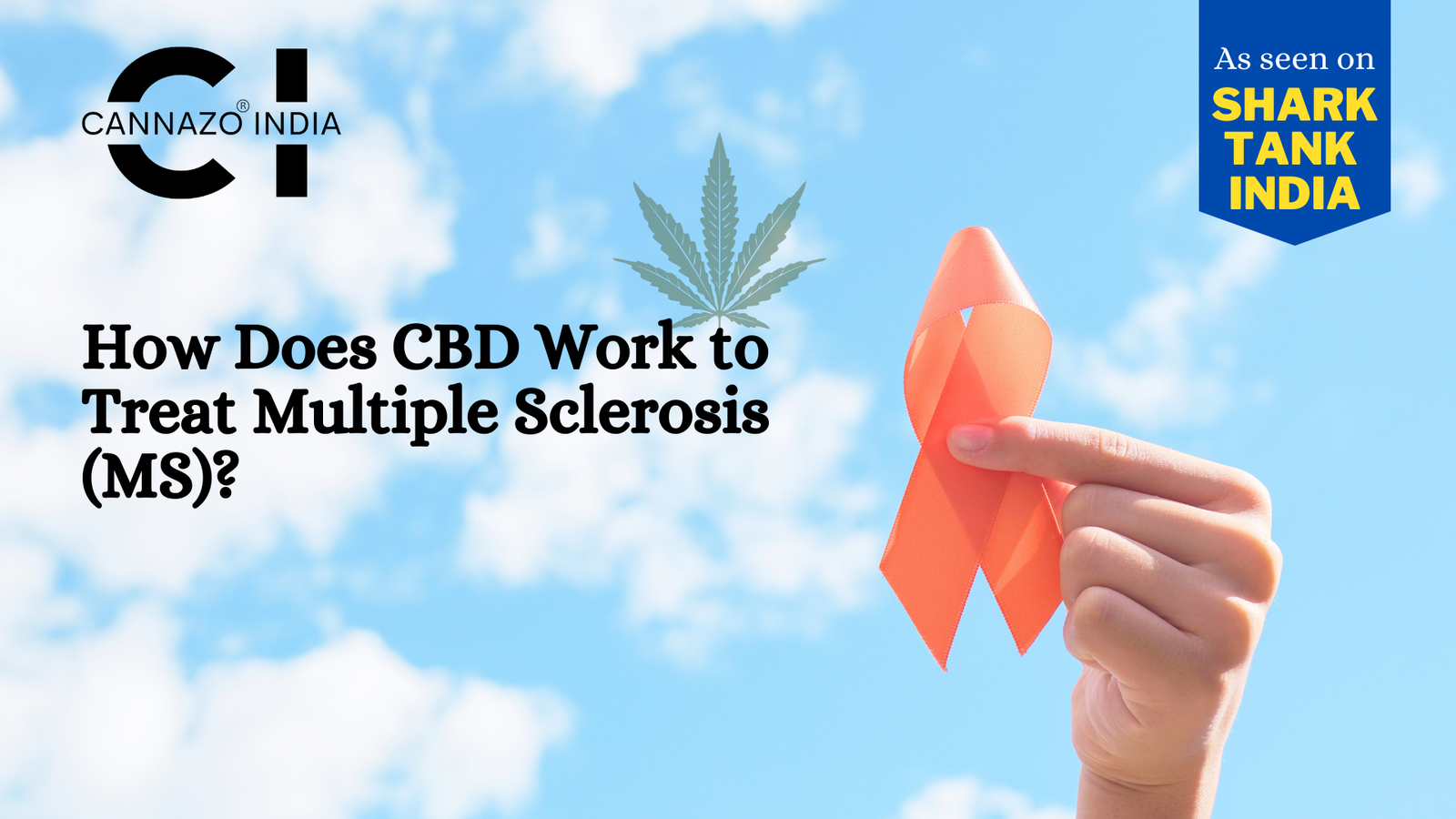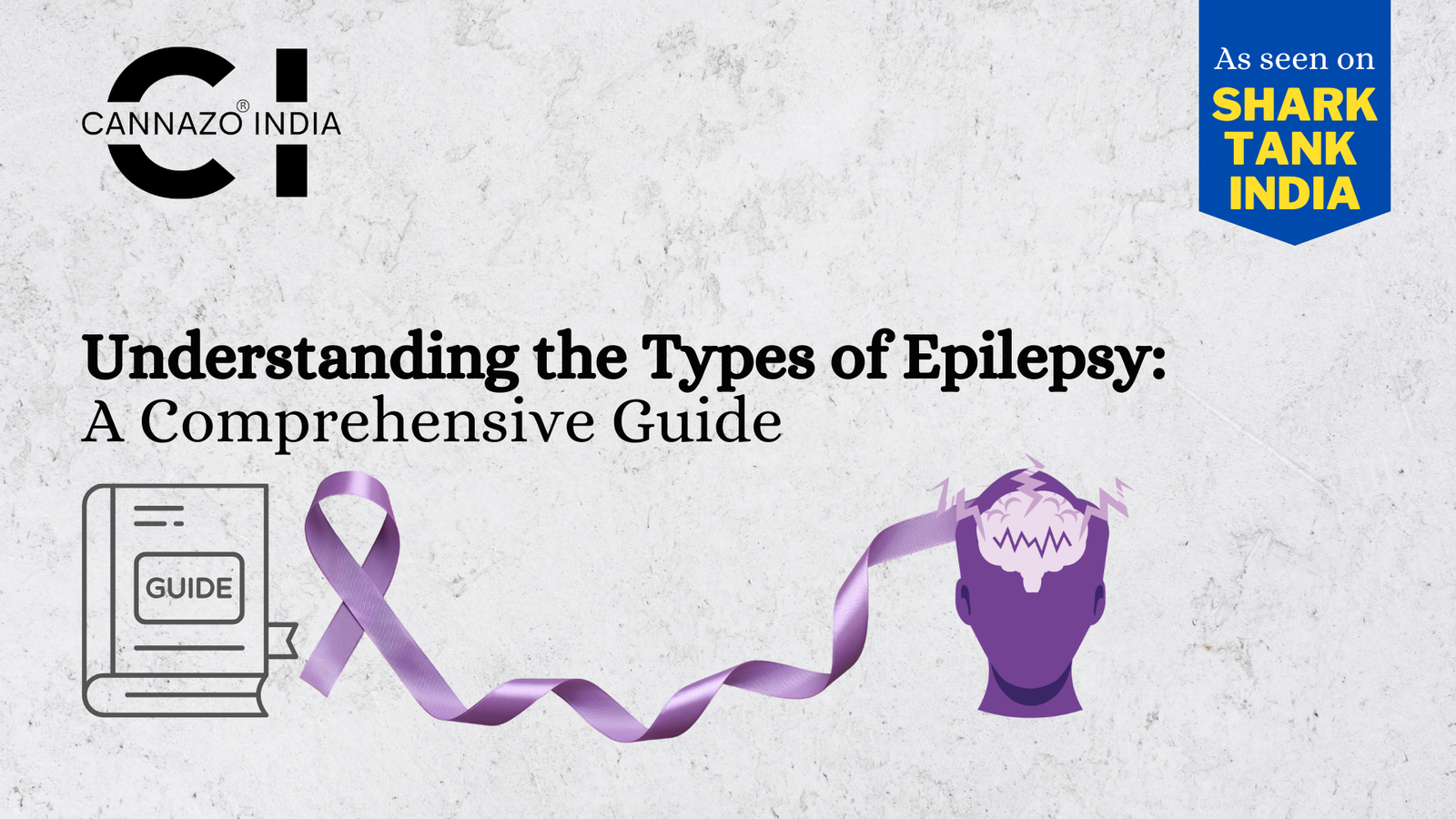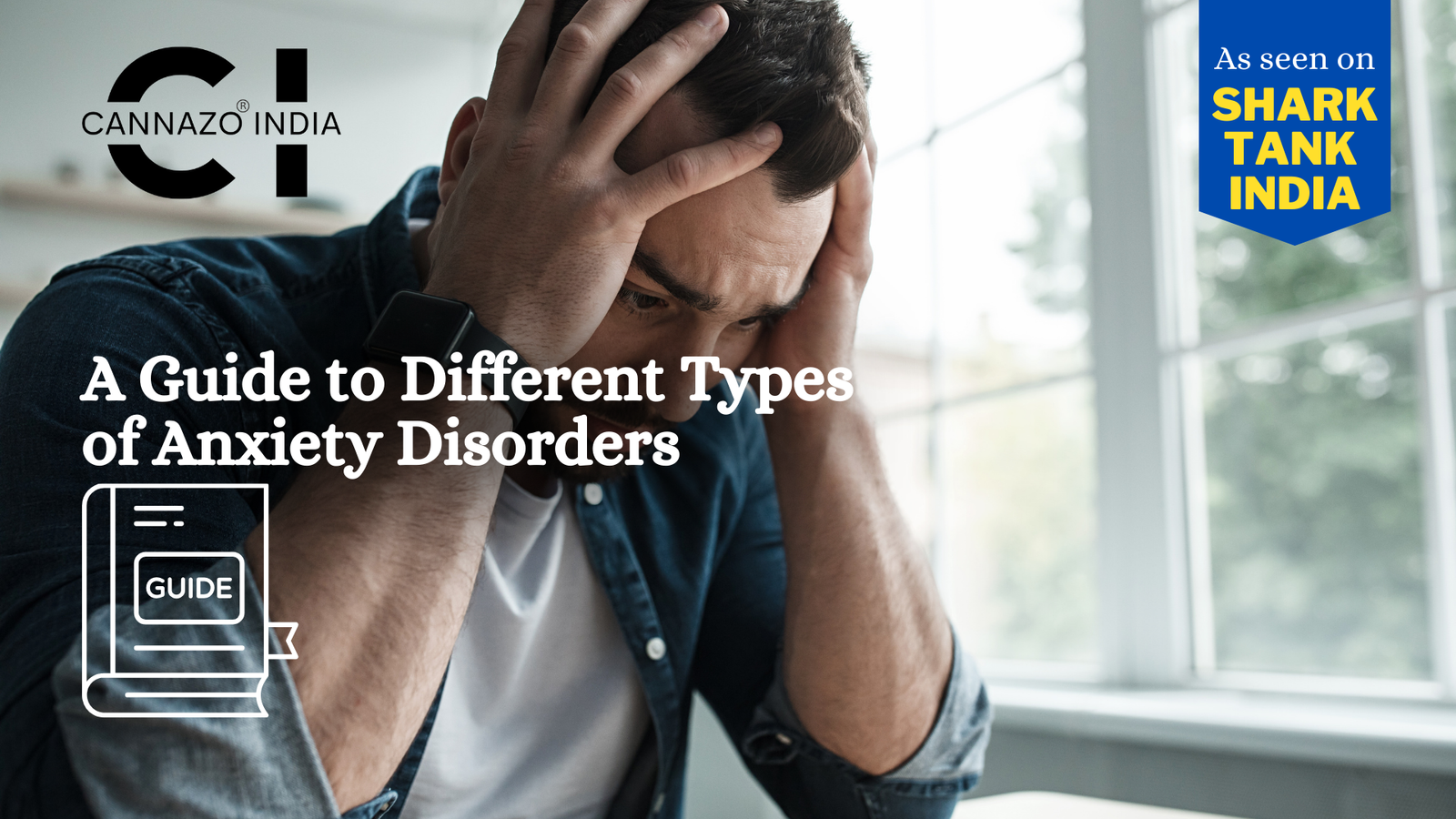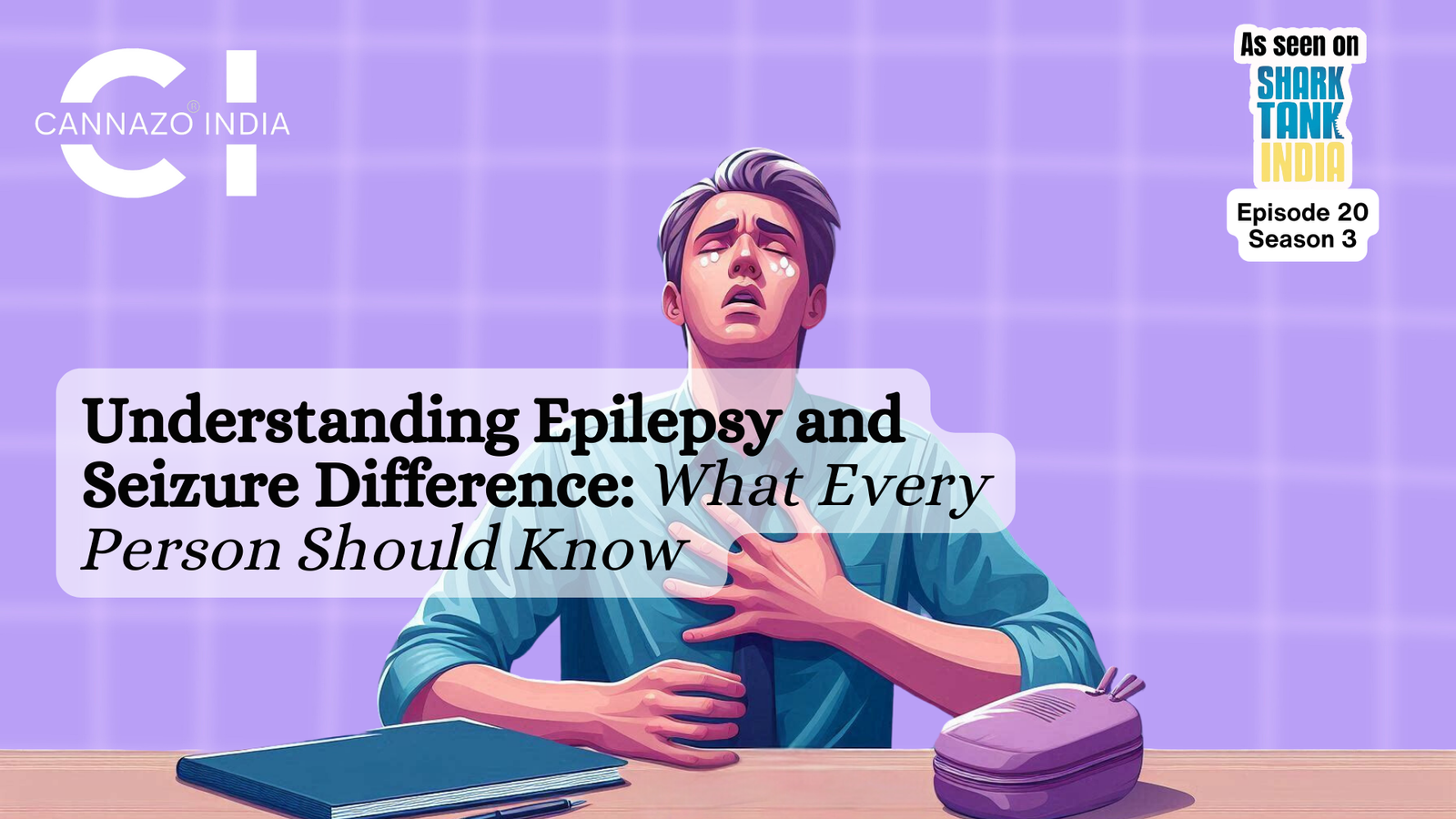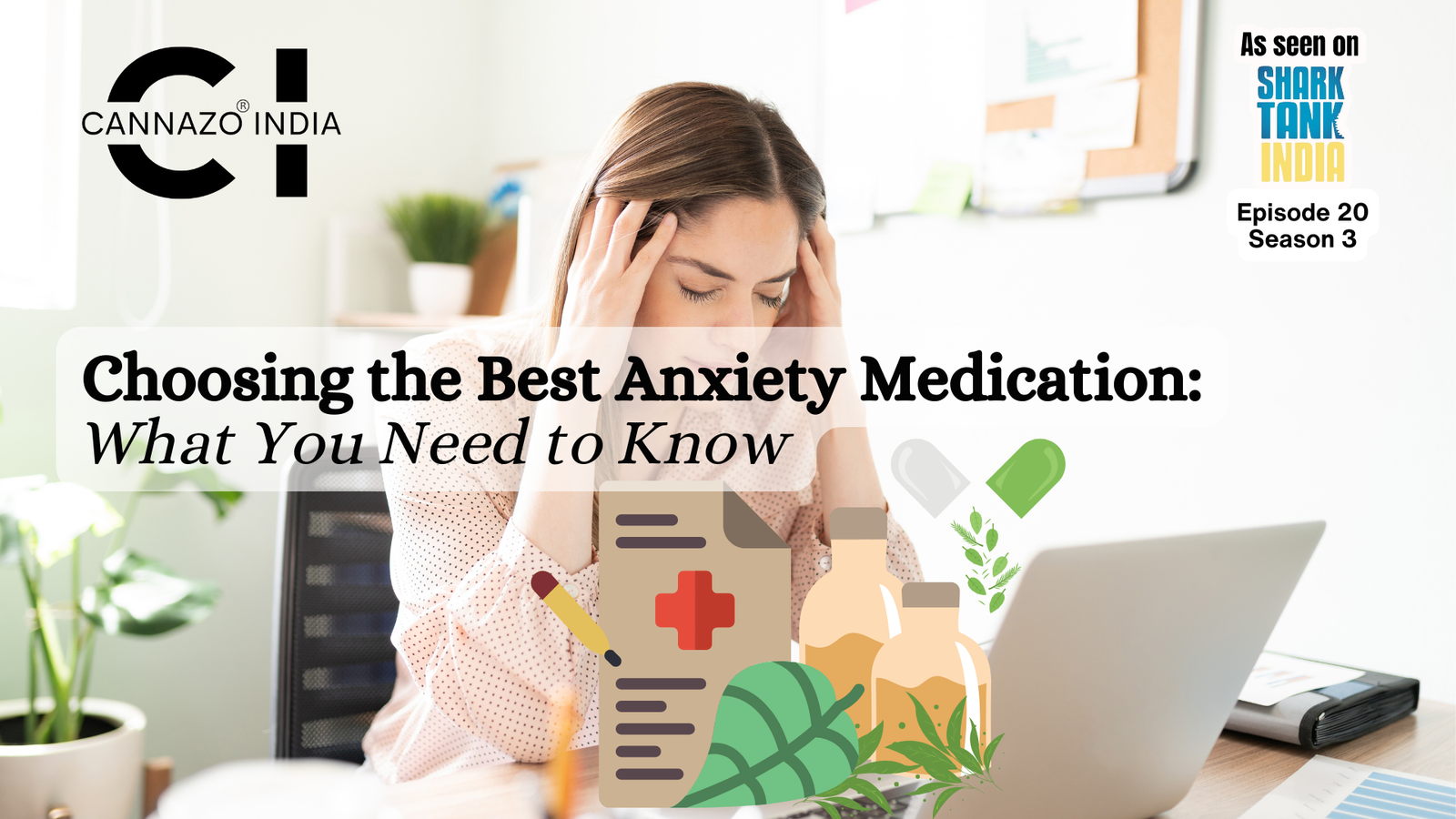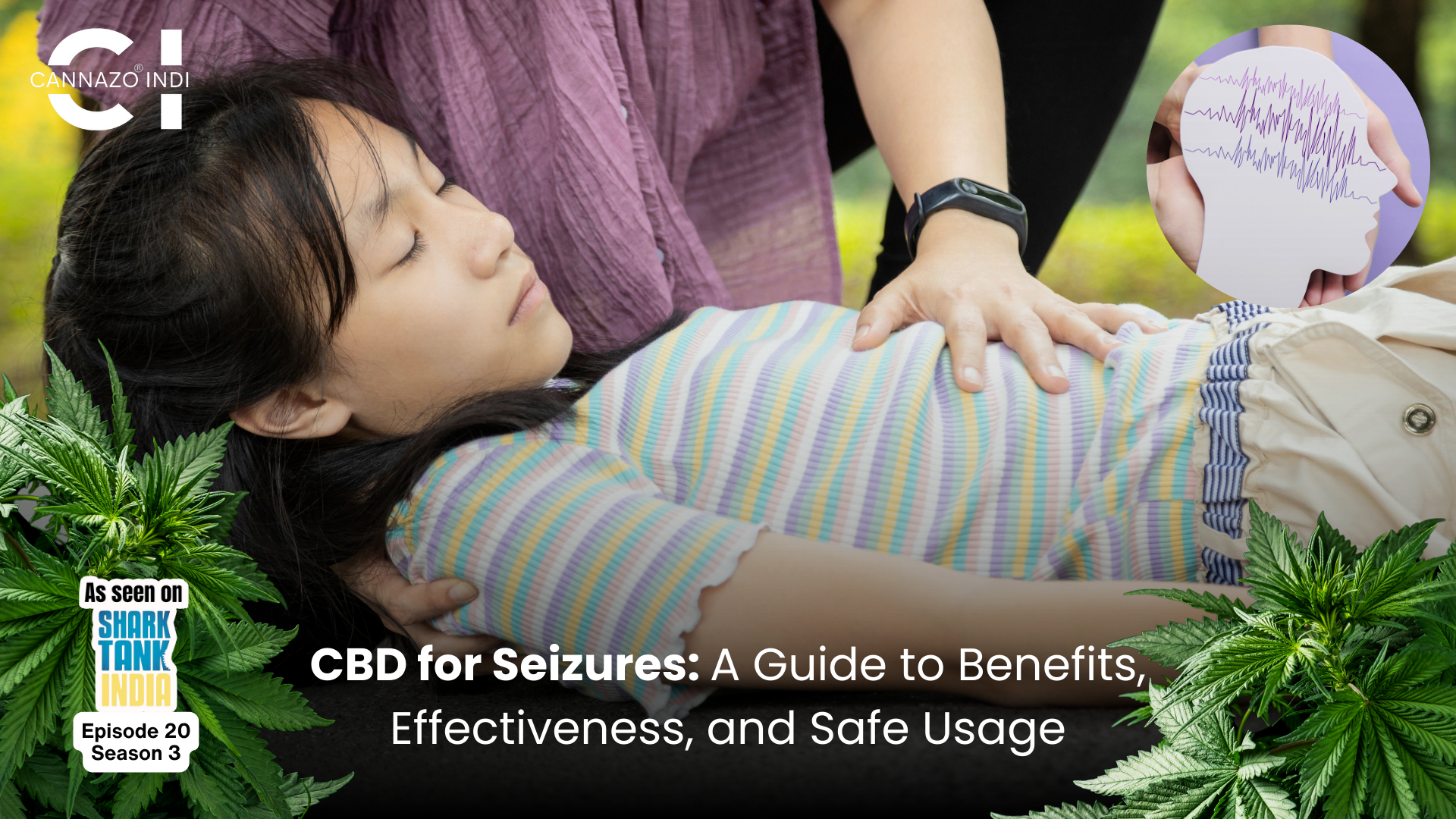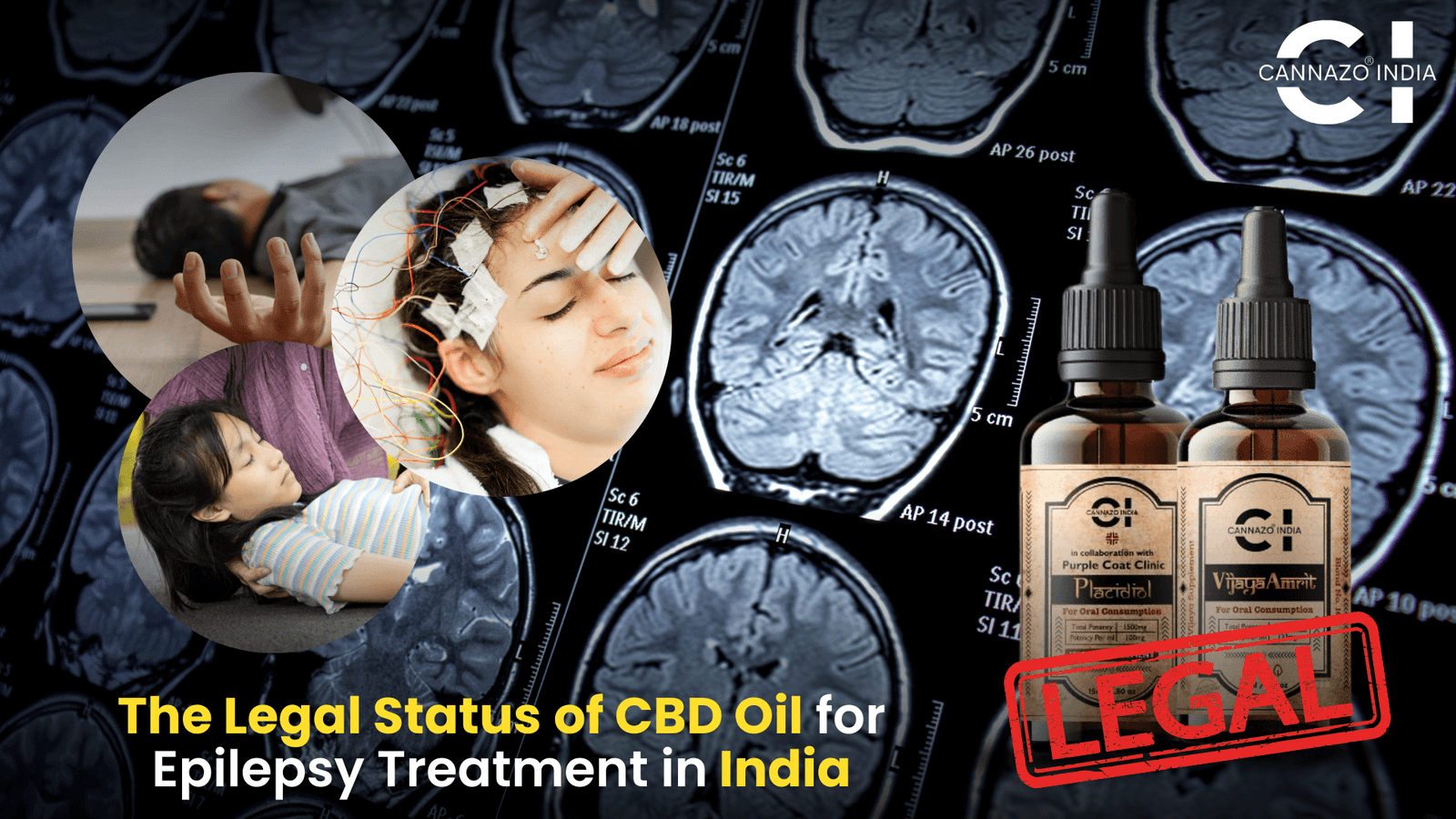Out of the globally diagnosed 70 million people with epilepsy, 10-12 million people are from India (Amudhan et al., 2015; Santhosh et al., 2014). Epilepsy is a neurological condition which is diagnosed by the occurrence of seizures.
There are multiple stages of epilepsy before and after the occurrence of the seizure (Falco-Walter, 2020). This article outlines the different stages of epilepsy and discusses the long-term management of epilepsy.
Understanding Epilepsy
Epilepsy is a chronic neurological condition where the patient experiences frequent seizures due to various kinds of triggers. From a clinical or diagnostic perspective, epilepsy can be defined as the occurrence of two seizures which are more than 24 hours apart (Falco-Walter, 2020).
Apart from seizures, a person with epilepsy also experiences other symptoms (‘Epilepsy and Seizures’, n.d.) which commonly include:
- Convulsions
- Loss of consciousness
- Staring spells
- Muscle stiffness
- Temporary confusion
An epileptic seizure, or a seizure in general, does not occur isolated. Different symptoms occur at different stages of epilepsy.
The Stages of Epilepsy
There are four main stages of epilepsy, two of which occur before the seizure onset. Identifying the different stages of epilepsy can help prevent or effectively manage an upcoming seizure. The stages of epilepsy are characterised by different symptoms, which are discussed below.
Stage 1: Prodromal Phase (Early Signs)
Prodromal, meaning “forerunning”, is the phase which is experienced before a seizure onset. Usually, it lasts for as little as 10 minutes or as long as 24 hours (Besag & Vasey, 2018).
A 2018 systematic review analysed studies with patients experiencing prodromal signs. 10.4% (most common) of the patients experienced a “funny feeling”, 9% experienced confusion and 8.6% had anxiety. Other symptoms also included irritability, speech disturbance, headache, non-fatigue-related sleep disturbances, tremors, etc. (Besag & Vasey, 2018).
Stage 2: Aura (Pre-Seizure)
Similar to the prodromal stage, the aura stage of epilepsy also occurs before the seizure. However, aura symptoms occur immediately before the seizure (Spencer, 2015). A cross-sectional study surveying the aura-related symptoms experienced by epilepsy patients in the Epilepsy Phenome/Genome Project found that the most commonly reported aura symptoms were headache, symptoms of aphasia, head or eye deviation and stiffening of the body unilaterally (Dugan et al., 2014).
Stage 3: Ictal Phase (Seizure)
The ictal phase is the phase where a person experiences a seizure. A seizure occurs due to an abnormal surge in the firing rate of neurons. This leads to involuntary muscle movements and motor activity (‘Epilepsy and Seizures’, n.d.; Falco-Walter, 2020).
During the seizure, a person might also experience psychoses and hallucinations, déjà vu, euphoria, anxiety, and rarely, aggression and violence (Mula, 2014).
Stage 4: Postictal Phase (Recovery)
The postictal or recovery phase is the stage following the seizure and epileptic patients usually experience fatigue, headaches, migraines, and psychoses. Some patients also experience postictal aggression (Ettinger et al., 1999; Subota et al., 2019). A meta-analysis of postictal symptoms in epilepsy patients reported that other symptoms include aphasia, paresis (2 minutes to 36 hours), general automatisms (3-110 seconds), etc. (Subota et al., 2019).
Long-Term Management of Epilepsy
Treating epilepsy involves the use of anti-epileptic drugs (AEDs). This AED treatment strategy is very individualised due to differences in toxicity and efficacy of drugs in different individuals.
There are two classes of AEDs: first and second generation. First-generation AEDs include Valproic acid and carbamazepine. Examples of second-generation AEDs include oxcarbazepine, gabapentin and levetiracetam. The aforementioned AEDs are preferred due to their efficacy. Modern-day AEDs, however, are preferred over classic AEDs due to their non-teratogenic nature and lack of adverse drug interactions (Elger & Schmidt, 2008; Perucca et al., 2018).
Living with Epilepsy
Although people with epilepsy have to be cautious, they do not define themselves as being epileptic. They see themselves as normal people who take medicines and follow medical regimens like others. However, the perception of people towards epilepsy is slightly misinformed, combined with the social stigma which leads to ignorance and discrimination (Admi & Shaham, 2007).
The thing which affects people is the aftermath of self-display. When an epileptic patient has a seizure in front of people, they might be discriminated against which affects their social life (Admi & Shaham, 2007). Thus, it is important to be well-informed about any condition, and if not informed, it is better to not discriminate against people having that condition.
When to Seek Medical Help
It is best to contact a doctor when you first have a seizure and when new symptoms occur. Medications might cause some symptoms like nausea, skin rash, eye problems, excessive fatigue, etc. (‘When Should I Call the Doctor About Epilepsy?’, n.d.).
Conclusion
Epilepsy is characterised by the occurrence of seizures along with other symptoms which occur during the main stages of epilepsy: prodromal phase, aura phase, ictal phase and postictal phase.
Recognising the symptoms of the prodromal and aura phase can help in managing the actual seizure, and eventually help during care after the seizure.
References
- Admi, H., & Shaham, B. (2007). Living With Epilepsy: Ordinary People Coping With Extraordinary Situations. Qualitative Health Research, 17(9), 1178–1187. https://doi.org/10.1177/1049732307307548
- Amudhan, S., Gururaj, G., & Satishchandra, P. (2015). Epilepsy in India I: Epidemiology and public health. Annals of Indian Academy of Neurology, 18(3), 263. https://doi.org/10.4103/0972-2327.160093
- Besag, F. M. C., & Vasey, M. J. (2018). Prodrome in epilepsy. Epilepsy & Behavior, 83, 219–233. https://doi.org/10.1016/j.yebeh.2018.03.019
Dugan, P., Carlson, C., Bluvstein, J., Chong, D. J., Friedman, D., & Kirsch, H. E. (2014). Auras in generalized epilepsy. Neurology, 83(16), 1444–1449. https://doi.org/10.1212/WNL.0000000000000877
- Elger, C. E., & Schmidt, D. (2008). Modern management of epilepsy: A practical approach. Epilepsy & Behavior, 12(4), 501–539. https://doi.org/10.1016/j.yebeh.2008.01.003
- Epilepsy and Seizures. (n.d.). [National Institute of Neurological Disorders and Stroke]. Epilepsy and Seizures. Retrieved 7 January 2024, from https://www.ninds.nih.gov/health-information/disorders/epilepsy-and-seizures
- Ettinger, A. B., Weisbrot, D. M., Nolan, E., & Devinsky, O. (1999). Postictal symptoms help distinguish patients with epileptic seizures from those with non-epileptic seizures. Seizure, 8(3), 149–151. https://doi.org/10.1053/seiz.1999.0270
- Falco-Walter, J. (2020). Epilepsy—Definition, Classification, Pathophysiology, and Epidemiology. Seminars in Neurology, 40(06), 617–623. https://doi.org/10.1055/s-0040-1718719
- Mula, M. (2014). Epilepsy-induced behavioral changes during the ictal phase. Epilepsy & Behavior, 30, 14–16. https://doi.org/10.1016/j.yebeh.2013.09.011
Perucca, P., Scheffer, I. E., & Kiley, M. (2018). The management of epilepsy in children and adults. Medical Journal of Australia, 208(5), 226–233. https://doi.org/10.5694/mja17.00951
- Santhosh, N., Sinha, S., & Satishchandra, P. (2014). Epilepsy: Indian perspective. Annals of Indian Academy of Neurology, 17(5), 3. https://doi.org/10.4103/0972-2327.128643
- Spencer, D. (2015). Auras Are Frequent in Patients with Generalized Epilepsy: Auras in Generalized Epilepsy. Epilepsy Currents, 15(2), 75–77. https://doi.org/10.5698/1535-7597-15.2.75
- Subota, A., Khan, S., Josephson, C. B., Manji, S., Lukmanji, S., Roach, P., Wiebe, S., Buchhalter, J., Federico, P., Teskey, G. C., Lorenzetti, D. L., & Jetté, N. (2019). Signs and symptoms of the postictal period in epilepsy: A systematic review and meta-analysis. Epilepsy & Behavior, 94, 243–251. https://doi.org/10.1016/j.yebeh.2019.03.014
- When Should I Call the Doctor About Epilepsy? (n.d.). [WebMD]. When Should I Call the Doctor About Epilepsy? Retrieved 7 January 2024, from https://www.webmd.com/epilepsy/when-should-i-call-doctor





